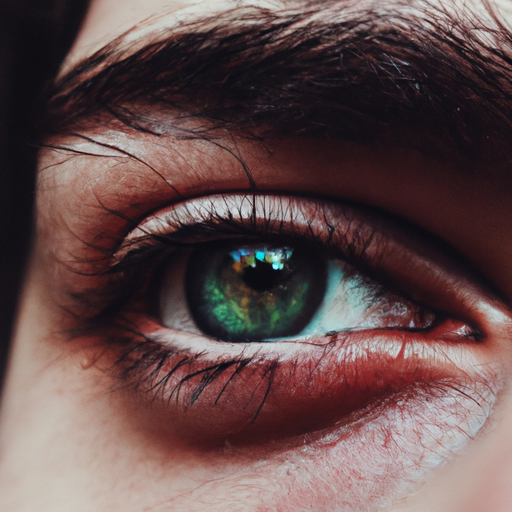As a dermatologist, I often encounter patients who are troubled by the appearance of baggy eyes. This common issue can make you look tired, older, and less vibrant than you feel. However, there are several effective strategies to reduce puffiness and restore a refreshed, youthful appearance.
Baggy eyes or under-eye bags are typically a result of aging, lack of sleep, stress, poor diet, and genetics. As we age, the tissues and muscles around our eyes weaken, causing fat that supports the eyes to move into the lower eyelids, creating a puffy appearance. Fluid can also accumulate in this space, adding to the swelling.
The first step towards banishing baggy eyes is understanding the importance of a good night’s sleep. Lack of sleep can cause the skin to look pale and dull, allowing dark tissues and blood vessels beneath your skin to show. It can also lead to fluid build-up under your eyes. Aim for seven to nine hours of quality sleep each night to keep your skin looking its best.
Hydration is another key factor in maintaining a refreshed look. Dehydration can cause the skin to become dry and puffy. Drinking plenty of water throughout the day will help maintain your skin’s elasticity and reduce puffiness. Similarly, reducing your salt intake can also help prevent fluid retention leading to swelling under the eyes.
Incorporating a skincare routine specifically designed for the eye area can also be beneficial. Look for products that contain ingredients like retinol, hyaluronic acid, peptides, and vitamin C. These ingredients can help to tighten and brighten the skin, reduce puffiness, and minimize the appearance of fine lines and wrinkles.
Cold compresses are a quick and easy way to reduce swelling. The cold constricts blood vessels and reduces fluid retention. You can use a chilled spoon, cucumber slices, or a bag of frozen peas wrapped in a soft cloth. Apply the compress to your eyes for about 10-15 minutes.
If lifestyle changes and skincare routines are not enough, there are medical treatments available. These include fillers, laser resurfacing, chemical peels, and even surgery. These procedures can help to reduce the appearance of bags under the eyes, but they should be considered as a last resort and only undertaken after thorough consultation with a dermatologist or plastic surgeon.
In conclusion, banishing baggy eyes requires a combination of healthy lifestyle habits, a targeted skincare routine, and possibly medical intervention. As a dermatologist, I recommend starting with the simplest and least invasive methods first: getting enough sleep, staying hydrated, reducing salt intake, and using high-quality skincare products. If these methods are not sufficient, consult with a professional to discuss more intensive treatments. Remember, the goal is not just to look better, but to feel better too. A refreshed look is often a reflection of a healthy and balanced lifestyle.



